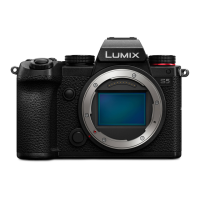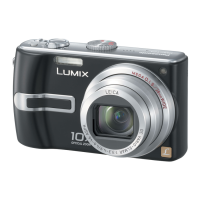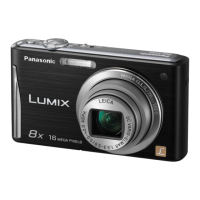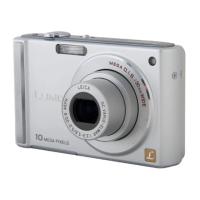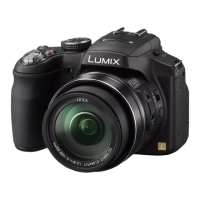62
Use the “Edit” and “Macro” menus in the menu bar to access Edit and Macro management functions.
Right mouse click on the macro icon to open a Macro context menu with all the relevant operations.
Note: The Macro context menu actually combines the “Macro” and “Edit” menu functions in one place.
All actions are related to the cursor-focused object. If no object has cursor focus, the context menu is
shorter. Also,
more than one Macro can “Record.”
New Macro (Ctrl+N): Will create a new, empty Macro in the preselected Macro destination.
Default name “M-#,” indicating “M” for “Menu”-created Macro and “#” for
numbering.
New Spacer (Ctrl+Shift+F8): Inserting a moveable “Placeholder/Spacer.”
New Directory: Creates “New Directory” inside the selected directory.
(Ctrl+Shift+N) AVAILABLE FOR “GLOBAL” MACRO SELECTION ONLY!
Play (Enter): Start playing the selected Macro using the keyboard “Enter” key.
Stop (Ctrl+Shift+F7): Stop selected Macro.
Record (Ctrl+R): Will start recording a Macro which is in cursor focus. Default name “Rec-#,”
indicating “Rec” for “Record”-created Macros and “#” for numbering.
Stop Record (Ctrl+Shift+R): Stops recording Macro, which is in cursor focus.
Set Color (Ctrl+Shift+C): Enables specification of a Color per Macro using the color adjustment
dialog.
(see section “3.2.3 Color Adjustments” on page 22 in this manual)
Edit (Ctrl+E): Opens up the “Edit” dialog window (see details on the next page).
Cut (Ctrl+X): Is cutting out an object into the Clipboard.
Copy (Ctrl+C): Copies a cursor-focused object into the Clipboard.
Paste (Ctrl+V): Pastes the Clipboard content into the cursor-focused destination.
Move left (Ctrl+Left): Moving a cursor-focused Macro to left direction.
Move right (Ctrl+Right): Moving a cursor-focused Macro to right direction.
Rename (F2): Rename the cursor-focused object.
Delete “Del”: Will delete the cursor focused object after
confirmation with “Yes” in the next panel of
this task. “No” will cancel the dialog and
action.
Right mouse click
context menu.

